Motorways
C-ITS Brno agglomeration motorway covers the southern sector of the city of Brno, in particular parts of motorway D1 and major radial roads that are connecting the outer ring road to the Brno centre. Installations were finished in June 2019. C-ITS corridors cover the motorway D5 between Prague and Pilsen incl. the section close to the Czech/German state border. C-ITS corridor furthermore includes the motorway D11 between Prague and Hradec Králové (towards Poland) and the motorway D1 between Prague and Brno and motorway D52 between Brno and the Czech/Austrian state border (until the completion of the entire motorway section the part of I/52 road is temporarily used). C-ITS services on C-ITS corridors were put into operation in October 2019.
Implemented C-ITS services provide warning messages to drivers about road works, slow and stationary vehicles and hazardous locations or approaching emergency vehicle thus driver can adapt the driving. The Road Works Warning service can also protect the road workers through messages that inform drivers about a work site ahead therefore drivers can drive cautiously along the location. National field tests were carried out and verified the functionality in March 2020.
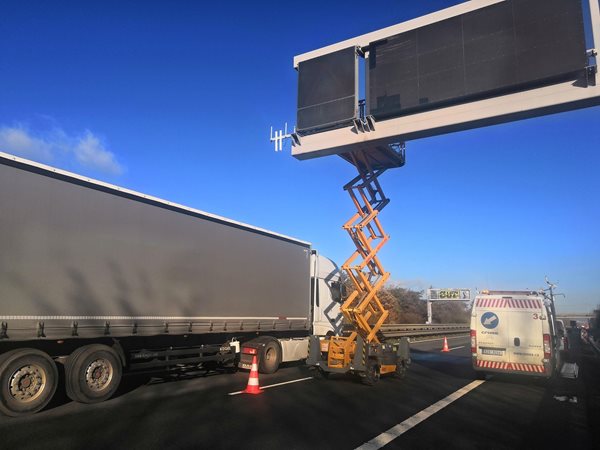
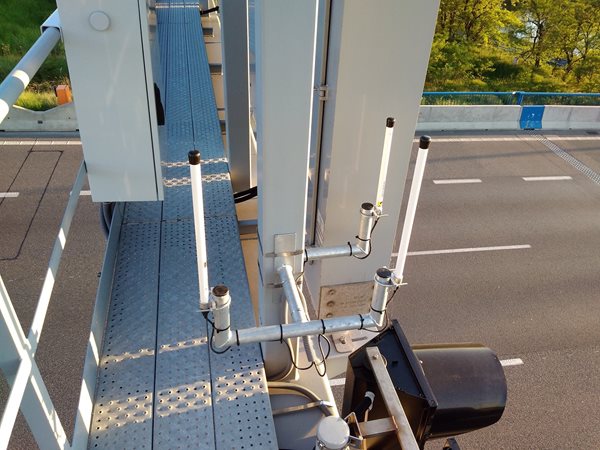
Cities
The Brno urban road operator has managed to bring together several public and private stakeholders to form a complex C-ITS system which is already being utilized by the public transport vehicles, vehicles of fire rescue service, as well as the urban road operator itself. The deployment was particularly challenging since C-ITS technologies of multiple manufacturers were involved, however it has been proven that even so many different actors can create functional and fully interoperable cooperative ITS system.
The cities of Ostrava and Pilsen as pioneers in implementation of C-ITS to public transport vehicles had to find a way how to get the C-ITS on-board units to trams and trolleybuses which are under special railway regulation. Most of the C-ITS devices on the market did not meet the requirements of such regulations therefore special terms had to be negotiated with the Rail Authority. It is necessary in the future to demand fulfilling these requirements from the C-ITS equipment manufacturers.
Railway crossings
Implementation and deployment of the RSU and back-office system for the RLX use case has been completed, and tailored C-ITS systems, broadcasting the status of a level crossing, were deployed on 2 railway level crossings in September 2019 in the Pardubice region. Additional 2 railway level crossings in the Ústí n. L. region were equipped with C-ITS systems in the 1st half of 2020 followed by testing and evaluation activities. Implementation and deployment of C-ITS on railway level crossings require additional steps – verification and validation of maintaining safety of railway signaling systems. What’s more, accomplishment of RLX use case and messages harmonization among partners and in public standards has also been necessary.
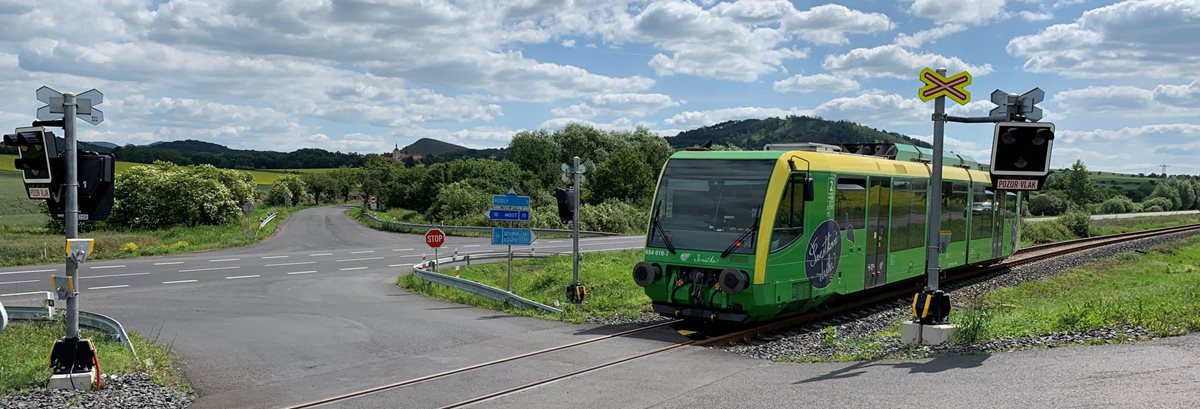
Cross-border testing
C-ITS was successfully deployed and have been ready for testing since spring 2020. The cross-border testing was coordinated with C-Roads partners and OEMs. Participants in tests were registered in advance so they could get detailed organizational and technical information and additional support. Unfortunately, given the situation with government restrictions the testing was postponed to spring 2021.
Hybrid system and Personal data protection
The decision to build a fully hybrid system (using two transmission technologies – ITS-G5 and mobile operator networks on LTE technology) led to a unique open architecture of the entire system covered by a dedicated integration platform, which is ready to connect different service providers. This architecture is thus a forerunner of the future European architecture connecting national implementations.
In addition to this architectural success, project team have managed to competently address the issue of personal data protection, which is a necessity for the system to be credible for its users. Later European working group confirmed problem that current legislation on personal data protection makes it almost impossible to build an open C-ITS system. The output of the project is a recommendation for the establishment of an international group of experts who will suggest future changes in legislation to allow new transport solutions.
As described above, in cities like Brno C-ITS is already being utilized by real users. The C-Roads Czech Republic project has aroused the interest of other Czech cities which are now willing to follow the success stories of Brno, Ostrava and Pilsen. Also, the national Road Administration plans to further develop and extend its C-ITS system in order to provide continuous and top-quality services for even more vehicles travelling on its roads. It is the aim of the Czech authorities to further support this interest and to spread C-ITS across the country so that every road user can benefit from the work started by the C-Roads Czech Republic project.
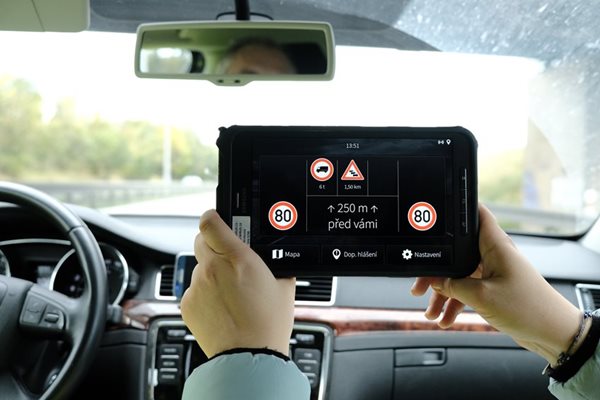
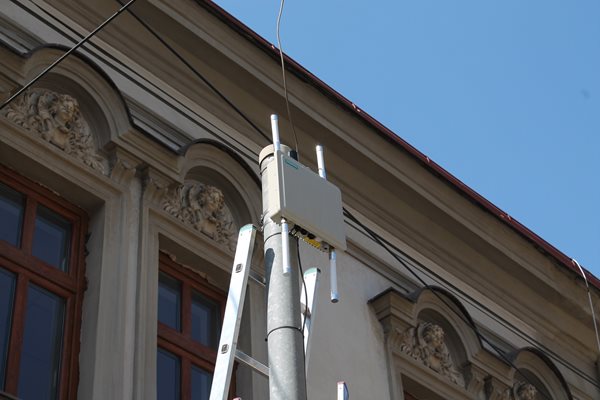
Jak je uvedeno výše, v Brně se již systémy C-ITS plně využívají v reálném provozu. Projekt C-Roads Czech Republic navíc vzbudil zájem dalších českých měst, která by nyní chtěla následovat Brno, Ostravu či Plzeň. Ředitelství silnic a dálnic ČR plánuje dále rozvíjet a rozšiřovat svůj systém C-ITS s cílem poskytovat nepřetržité služby ve špičkové kvalitě pro ještě více vozidel jedoucích po jím spravovaných komunikacích. Cílem českých veřejných orgánů je i nadále podporovat zájem a rozšiřovat C-ITS napříč zemí tak, aby každý účastník silničního provozu mohl těžit z činností započatých v rámci projektu C-Roads Czech Republic.